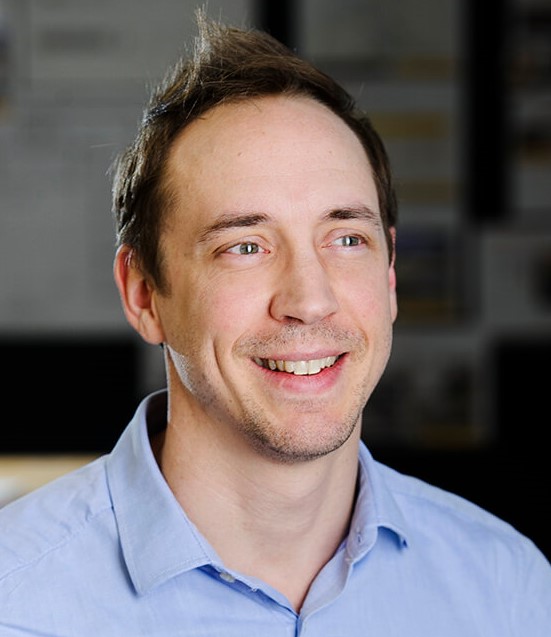External Permeable Resin Bound Surfacing
Please contact us via contact@construction-cpd.com to get permission to publish this video on your website.
<div style="position: relative!important; width: 100%!important; min-height: 700px; overflow: hidden!important; padding-top: 56.25%!important;"><iframe src="https://www.construction-cpd.com/cpd-external-view?ExternalId=1222&ReturnUrl=https://www.construction-cpd.com/external-permeable-resin-bound-surfacing" style="position: absolute; top: 0; left: 0; bottom: 0; right: 0; width: 100%; height: 100%; min-height: 500px; border: none;" mozallowfullscreen webkitallowfullscreen allowfullscreen></iframe></div>
This CPD will cover some of the basics about resin surfacing to explain what it is to anyone who may not be familiar with the product including:
- What it is made of
- What substrate it can be installed over
- How to install
- And the difference between a Resin Bound and a Resin Bonded system
We will also be covering:
- Where resin surfacing is used
- What specifications need to be considered
- And the importance to working with the right partners to get the best results from your resin surface specification
- After the conclusion, we will explain more about Addagrip Terraco and our products and show you some case studies that may interest you
Resin surfacing is made of two basic components. The first one is the aggregate. Aggregates can be made from natural materials such as natural stone, however, other materials such as glass or artificially coloured stones can be used to change the visual appearance of the resin surfacing. It is even possible to use recycled aggregates and rubber from used tyres to make the product more environmentally friendly.
The second component is the resin binder that gives resin surfacing its name. It is made from a group of chemicals known as polyurethanes and the resin acts as a glue to bind all the aggregate together. The resins can either be stable to UV light and are known as ‘aliphatic’ or will darken when exposed to UV light. These are known as ‘aromatic’ resins and tend to be used either for indoor applications or outside as a base underneath a top layer of UV stable resin surfacing, or as the top layer itself.
Resin surfacing is made by mixing these two components together and the main two variables that affect the performance of resin surfacing are the size of the aggregate and how much resin is used in the mixture when compared to the amount of aggregate.
The larger the size of the aggregates the more water will be able to flow through the resin surfacing. Larger aggregates produce a more porous product, and this is an important factor when it comes to something called SuDS.


